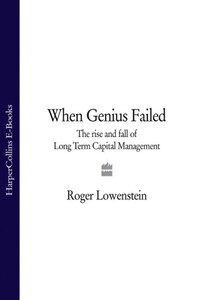The Federal Reserve Bank of New York is perched in a gray sandstone slab in the heart of Wall Street. Though a city landmark building constructed in 1924, the bank is a muted, almost unseen presence among its lively, entrepreneurial neighbors. The area is dotted with discount stores and luncheonettes—and, almost everywhere, brokerage firms and banks. The Fed’s immediate neighbors include a shoe repair stand and a teriyaki house, and also Chase Manhattan Bank; J. P. Morgan is a few blocks away. A bit farther to the west, Merrill Lynch, the people’s brokerage, gazes at the Hudson River, across which lie the rest of America and most of Merrill’s customers. The bank skyscrapers project an open, accommodative air, but the Fed building, a Florentine Renaissance showpiece, is distinctly forbidding. Its arched windows are encased in metal grille, and its main entrance, on Liberty Street, is guarded by a row of black cast-iron sentries.
The New York Fed is only a spoke, though the most important spoke, in the U.S. Federal Reserve System, America’s central bank. Because of the New York Fed’s proximity to Wall Street, it acts as the eyes and ears into markets for the bank’s governing board, in Washington, which is run by the oracular Alan Greenspan. William J. McDonough, the beefy president of the New York Fed, talks to bankers and traders often. McDonough wants to be kept abreast of the gossip that traders share with one another. He especially wants to hear about anything that might upset markets or, in the extreme, the financial system. But McDonough tries to stay in the background. The Fed has always been a controversial regulator—a servant of the people that is elbow to elbow with Wall Street, a cloistered agency amid the democratic chaos of markets. For McDonough to intervene, even in a small way, would take a crisis, perhaps a war. And in the first days of the autumn of 1998, McDonough did intervene—and not in a small way.
The source of the trouble seemed so small, so laughably remote, as to be insignificant. But isn’t it always that way? A load of tea is dumped into a harbor, an archduke is shot, and suddenly a tinderbox is lit, a crisis erupts, and the world is different. In this case, the shot was Long-Term Capital Management, a private investment partnership with its headquarters in Greenwich, Connecticut, a posh suburb some forty miles from Wall Street. LTCM managed money for only one hundred investors; it employed not quite two hundred people, and surely not one American in a hundred had ever heard of it. Indeed, five years earlier, LTCM had not even existed.
But on the Wednesday afternoon of September 23, 1998, Long-Term did not seem small. On account of a crisis at LTCM, McDonough had summoned—“invited,” in the Fed’s restrained idiom—the heads of every major Wall Street bank. For the first time, the chiefs of Bankers Trust, Bear Stearns, Chase Manhattan, Goldman Sachs, J. P. Morgan, Lehman Brothers, Merrill Lynch, Morgan Stanley Dean Witter, and Salomon Smith Barney gathered under the oil portraits in the Fed’s tenth-floor boardroom—not to bail out a Latin American nation but to consider a rescue of one of their own. The chairman of the New York Stock Exchange joined them, as did representatives from major European banks. Unaccustomed to hosting such a large gathering, the Fed did not have enough leather-backed chairs to go around, so the chief executives had to squeeze into folding metal seats.














